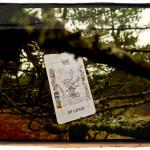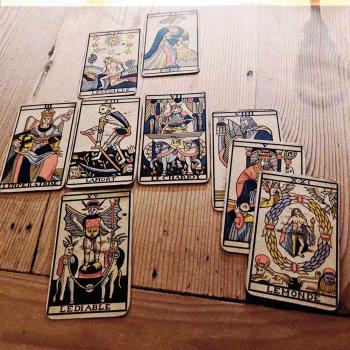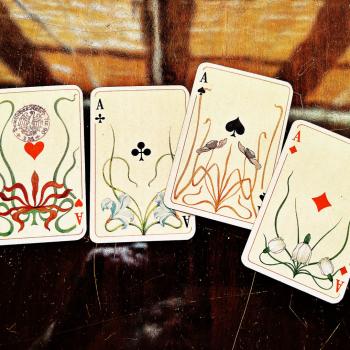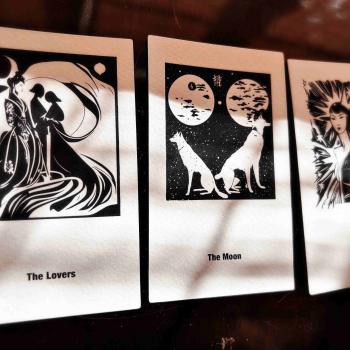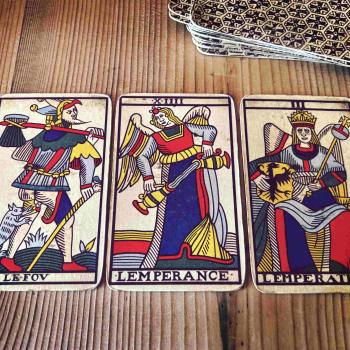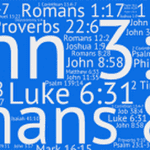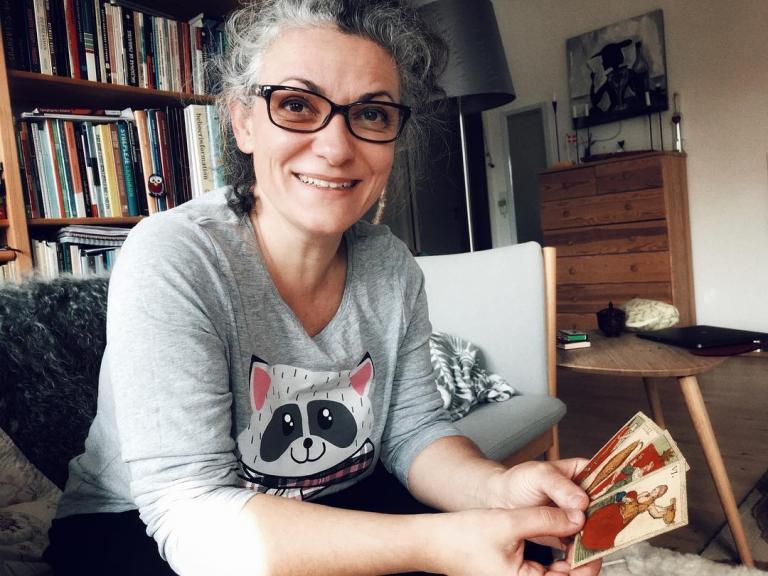
When I visit my sister it’s not even an exaggeration to say that we’re up to mischief.
We get our heads into the old cards, human skulls in hand, and off we go doing what there is to be done, fixing things such as lack of authority for no other reason than because you’re a woman.
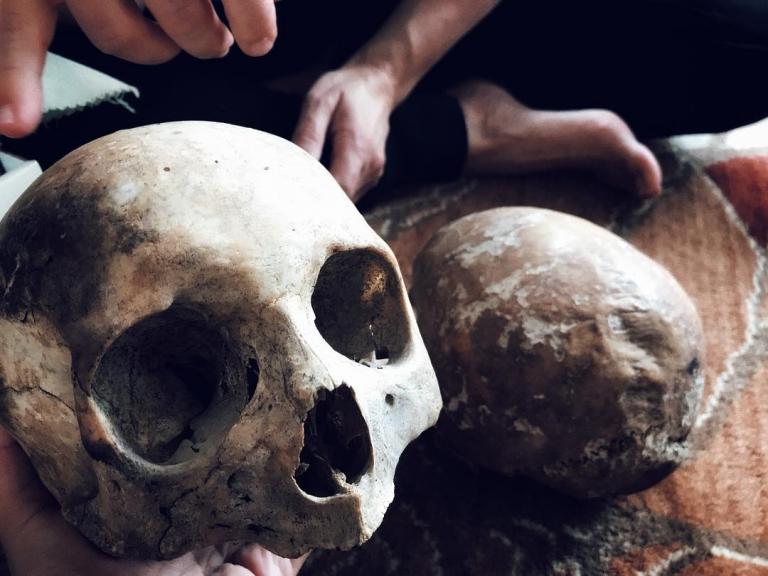
Inspired by my recent visit, I’ve decided to write a post featuring the oldest cards I own alongside with suggesting that if you also happen to sit with museum caliber artefacts, then the best is to put them to magical use.
By magical use I don’t necessarily mean anything fancy. Rather, just amplify the awareness that what makes magic work is a twisted approach.
Let me give an example from a simple work with the old Minchiate cards from 1759.
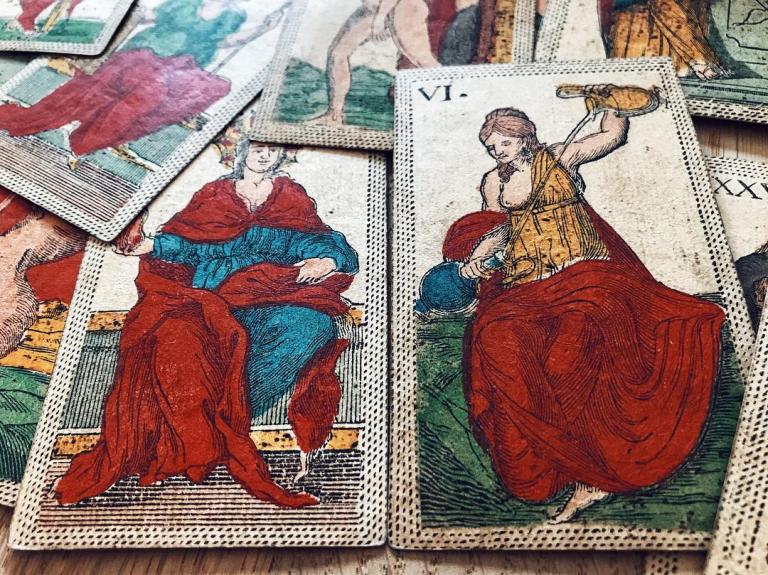
You lay them in a cross of five and read them in this way.
The horizontal line of three cards presents you with a situation at hand that exhibits a certain urgency. You may not be entirely aware of this.
You may also think of the first three cards as a representation of your question, as in, ‘what is a good idea to ask about?’
The card on top represents causation + magical action.
The bottom card represents what you could embody, but only if you wanted to waste some of your precious time – sometimes this one can surprise, as, from a martial arts point of view, the idea is not to do what is popular or what you’re skilled at, but rather, to move with the momentum.
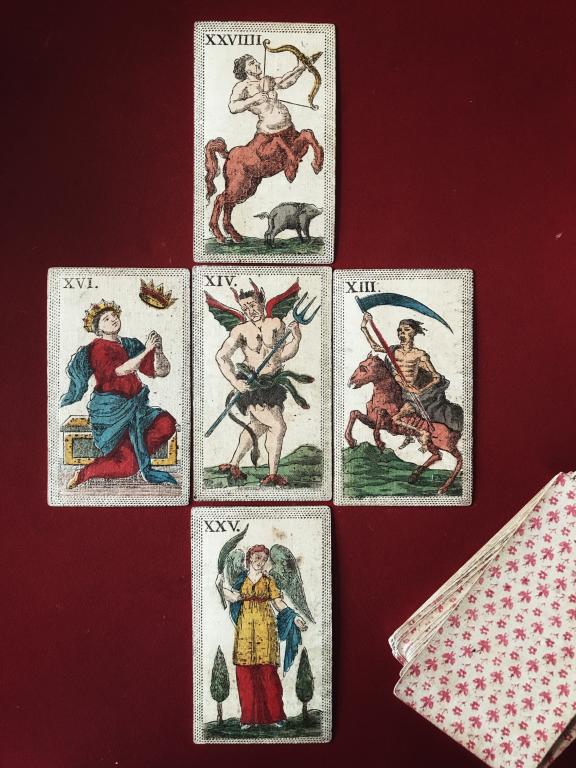
As this is not a lesson in card history, but one in magical thinking, I won’t go into describing the Minchiate pack (consisting of 97 cards featuring an extended trumps suit). Suffice it to say that it can come in handy to have the Virtues such as Hope, Prudence, and Charity show up in your reading, along with the Lords of the Zodiac.
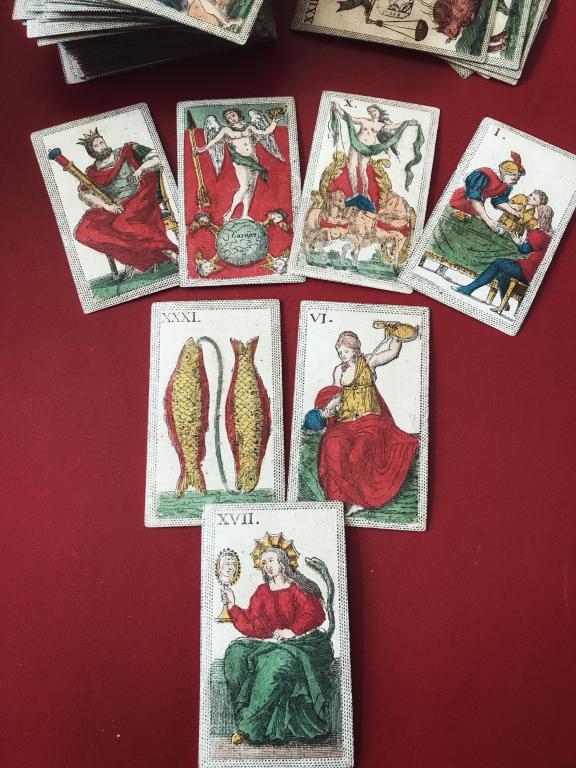
As for ‘divinatory meanings,’ let’s not even go there, as such catalogues have no interest to me. As my own method of reading hinges on applying function to context, I send everyone to the dictionary to look up the function of all things, rather than rely on arbitrary symbolic representations that are hardly relevant in context. The meaning is not in the cards, as meaning emerges out of very specific contexts.
So we read what we can actually see in the first 5-card draw above.
Hope, The Devil, Death
The Centaur Sagittarius shoots his arrow, while the Virgin fans herself.
A straightforward reading based on what you see can go this way:
Hope is hoping that the Devil won’t run away with her crowning achievements. But he does. The good news is that Death is coming. For him. Some would say, ‘cosmic justice.’
Is this a situation we recognize from all paths of life? Indeed it is. Many work hard, only to have the demons take credit.
Now, however, if we want to complicate the matters the magical way, we can ask this question:
Why is Death coming for the Devil? The immediate answer could be that Death comes for the Devil because he dares to mess with Hope.

Minchiate Tarot, originals from 1759 (Photo: Camelia Elias)
But the magical reading that calls on intervention after seeing just what the situation is, begging the question too, is to say that Death comes because you’re a straight shot, not because you take insult in good stride, like the innocent Virgin who may think that all the Devils she encounters are good to know.
‘Justified’ magic
The point of reading with old cards for magic is that you can turn the saying ‘it’s always been like this’ into a mantra that justifies whatever action.
If I like to draw on tradition, then it’s for this purpose, that is to say, the purpose that allows me to twist what I see according to what I assess needs to be done.
Magic is fun, after all, and very powerful, especially when you don’t cling to any outcome, or when you’re attached to the Devils that need vanquishing.
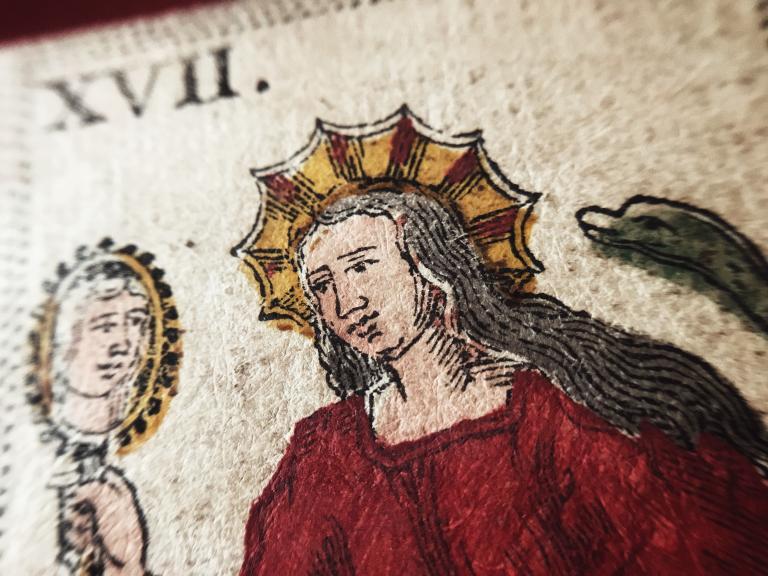
If you can’t say it in the words of Jesus, ‘get behind me, demons,’ you can take your bow and arrow and start shooting at the target, but only after Death gives you the green light.
The thing to remember is that ‘cards and magic’ as a combination is twofold: collaborative and adversarial. It takes good discerning power and top notch mental stability to know the difference.
The method for the cross above is a variation on the Do and Don’t layout, but since the cards on top and bottom are not just a representation of what to do and what to avoid, rather, being a representation of causal relations, what you end up with is a magical reading that gives you license to act in a collaborative way against the adverse situation.
There’s great mojo in knowing that, ultimately, your decision for a magical course of action is actually dictated by chance, randomness, and the flow of reality.
If you have no old cards
In the absence of ‘museum value’ cards, here’s what I suggest. You can go to a museum’s website and download some old cards and print them out. Most will be copyright free for personal use. Take them to a liminal place, such as the crossroads, but ideally to the countryside for that ‘old feeling’ to kick in, as it were, as this will help you enter the right mindset regarding what you need to do.
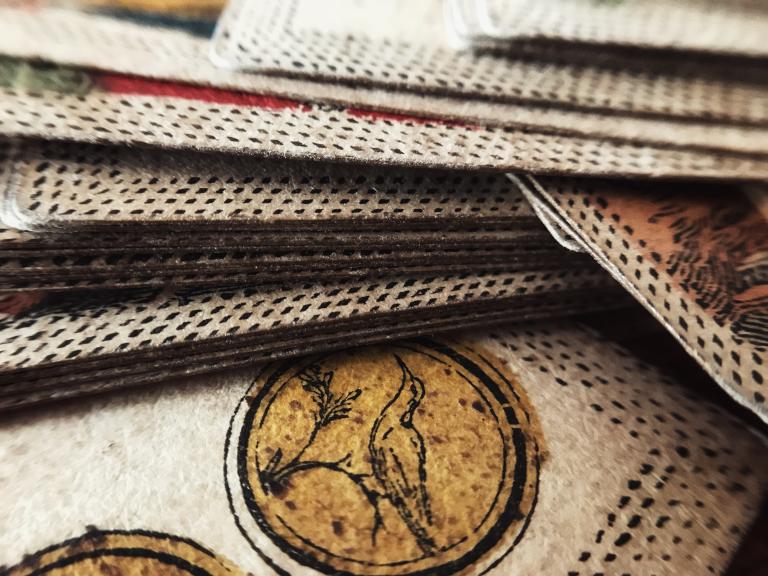
Read the cards against the so-called ‘traditional grain,’ so that you create a twist in the mojo that you need establish for yourself. What you most definitely don’t need is to read the cards according to a catalogue of meanings, as you can be sure to kill your magic with it.
Not all ‘meanings’ are actually inspired. Some will have a downright adversarial nature. Think ‘function applied to context,’ that is to say, look at what function the image on the card depicts, and then apply it to your own context. That’s the formula I teach, as it elicits magic in the singular and most powerful voice.
So the idea is to use old cards that have passed through many hands in order to create something that is entirely unique for yourself. Work with this paradox, and see what results you get.
♠
Stay in the loop for cartomantic courses.



